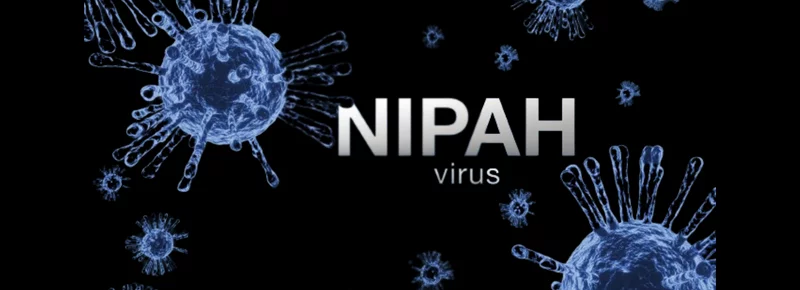In the digital age, information spreads like wildfire, often faster than the truth can catch up. While the world is grappling with various challenges, the Nipah virus has emerged as a cause for concern. Nipah virus, named after the Malaysian village where it was first identified in 1999, is a zoonotic pathogen, which means it can jump from animals to humans.
Myth: Airborne Transmission
Fact: Many believe that the Nipah virus is airborne, easily spreading through the air. In reality, Nipah primarily spreads through direct contact with infected animals or the consumption of contaminated food. It does not transmit through the air like the flu or COVID-19. Human-to-human transmission is limited and typically occurs among close contacts of infected individuals.
Myth: Infection Equals Fatality
Fact: Another widespread misconception is that being infected by the Nipah virus equates to a death sentence. While the virus can be severe, it is not universally fatal. The mortality rate for Nipah virus infections varies widely. Timely medical intervention and supportive care can significantly improve survival chances. Medical professionals employ various measures to maintain respiratory and neurological functions, which can help enhance outcomes.
Myth: No Treatment for Nipah
Fact: There is no specific antiviral treatment available for Nipah. However, this doesn’t mean that the virus is untreatable. Medical care and supportive measures play a crucial role in managing the illness and improving patient outcomes. Effective treatment options are available despite the absence of a specific antiviral remedy.
Myth: Lack of Vaccine
Fact: Additionally, at present, there is no vaccine to prevent Nipah virus infection. Preventive measures focus on avoiding exposure to the virus, practicing good hygiene, and taking precautions against contact with infected animals or consumption of raw date palm sap.
Myth: Fruits as the Primary Source
Fact: Fruit bats can transmit the virus to fruits, but human infections typically result from direct contact with infected animals or the consumption of contaminated date palm sap. Certain Nipah virus outbreaks have been incorrectly associated with fruits as the main source of infection. Although fruit bats can indeed transmit the virus to fruits, it’s crucial to clarify that human infections usually stem from direct contact with infected animals or the consumption of raw date palm sap that has been contaminated by bats. Fruits themselves are not the primary source of infection for humans. This distinction is important in dispelling misconceptions and promoting accurate information regarding the virus’s transmission.
Fruit bats are the natural reservoirs of the virus, and it can be transmitted to humans through the consumption of contaminated fruits, contact with infected animals, or even direct human-to-human transmission. While Nipah can lead to a range of symptoms, from fever and headache to severe respiratory and neurological complications, it’s essential to know that it is not as contagious as some other viruses, like the common flu or COVID-19. In an era where information is easily accessible, it’s vital to verify sources and consult trusted health organizations, such as the World Health Organization (WHO) or the Centers for Disease Control and Prevention (CDC), for accurate information.



